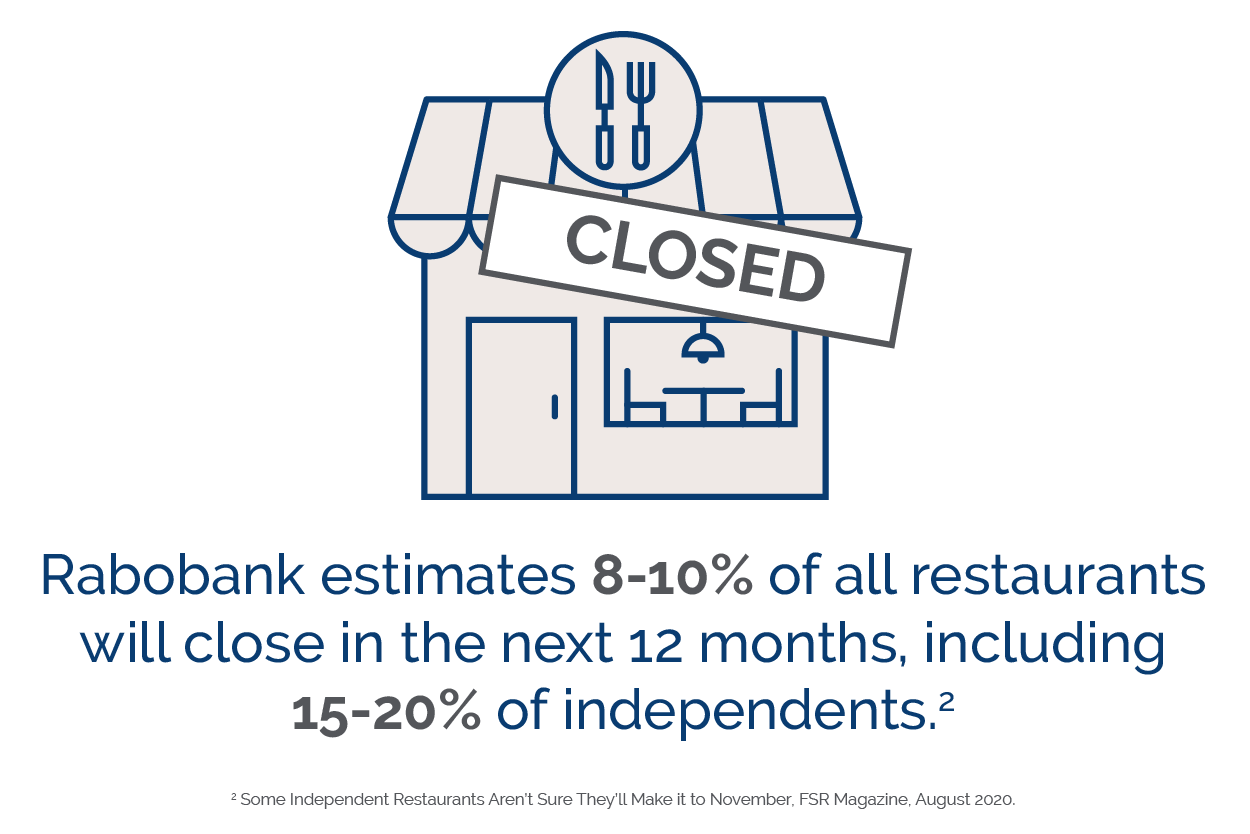Working Together to Revitalize Foodservice
For months, COVID-19 has created hurdle after hurdle for the foodservice industry. From closed dining rooms and simplified menus to price increases and the laundry list of safety precautions to protect workers and customers, restaurants continue to fight an uphill battle to fully reopen their businesses. Simple solutions and innovative ideas from packers and processors can go a long way toward helping operators return to solvency.

To help restaurants have more confidence in the beef and pork items on their takeout menus, the Tyson Fresh Meats Team created a resource to help restaurant owners. The single Q&A sheet suggests beef and pork cuts that can easily be refrigerated or frozen to help minimize shrink, as well as tips to ensure a better takeout experience. One tip reads: “The larger the cut, the longer it holds heat. Try large cuts held in au jus or pork broth to keep the product in better condition.”
This is all new territory as the meat industry tries to find ways to support foodservice. Communicating on supply chain issues is one way to provide additional aid. One of Datassential’s survey questions to operators was: “What could a supplier, manufacturer, or distributor partner do to make the biggest difference in your operation right now?” and one of the most common answers was a variation on, “Give us as much advanced notice as possible if a product will be out of stock.” This is particularly pertinent to meat suppliers as the supply chain and product availability have been erratic during the pandemic.
In addition to simply offering tips, now is the time for innovators and R&D departments to shine. Packers and processors who can create the biggest time and money savings with new items are likely to win the day. For example, pre-cut steaks and chops can help restaurants reduce labor while simultaneously stabilizing plate costs. These portion cut proteins have the added benefit of coming in smaller cases, which restaurants will appreciate while their storage capacity is limited.
Portion cut proteins are also great for sous-vide cooking. Since the proteins are already vacuum-sealed, restaurant operators can take the packaged meat straight from the cooler to the sous vide to the plate — or maybe make a quick trip to the grill before plating to add those perfect grill marks. To save another step in the process, some specialty processors, like Ed Miniat, work with restaurants to create custom protein solutions. Among their capabilities is industry-leading commercial sous-vide cooking, which provides foodservice partners with perfectly cooked meats ready for any application.
This is the third in a series of blogs diving into the future of foodservice through the lens of meat marketers. Check back soon for the next installment. For more information on how the coronavirus has changed the meat industry, visit our COVID-19 Insights Hub.
2 Some Independent Restaurants Aren’t Sure They’ll Make it to November, FSR Magazine, August 2020.
3 More than 10,000 Independent Restaurants Closed Last Year, FastCompany.com, February 2018.
